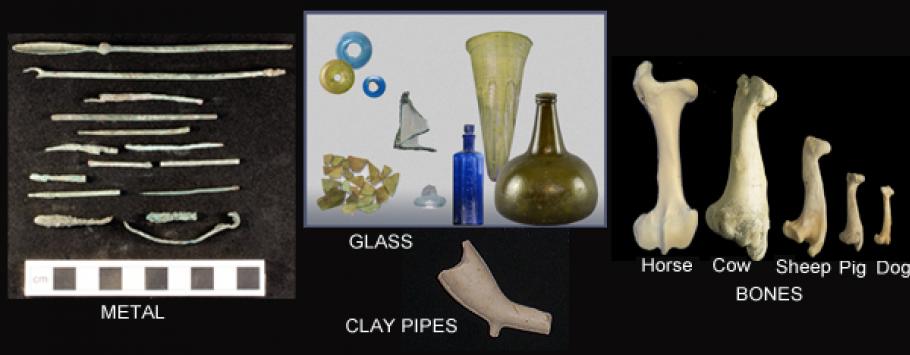Symposium 2024 - BOOK ONLINE NOW
The Annual Symposium of the Society will take place in East Horsley Village Hall. Online booking via PayPal at £12 per person is now available by clicking on the BOOK tab above. Due to difficulty in paying them in cheques cannot now be accepted. Online booking enables us to assess the catering requirements and streamlines the administration process.
Payment by cash on the day is discouraged but will be possible and exact change would be appreciated. Tickets cost £12 per person.



